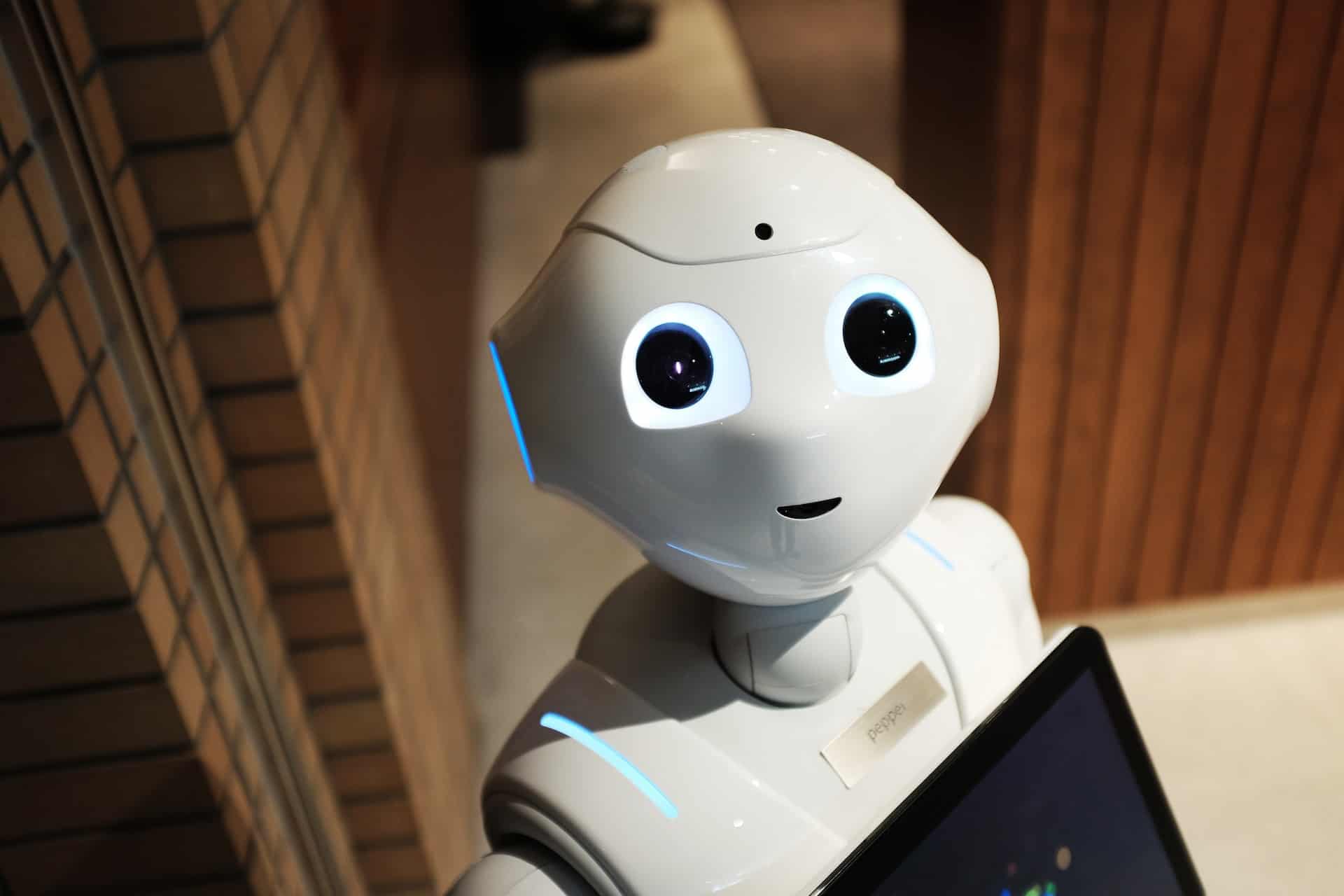Artificial intelligence (AI) is frequently confused with machine learning (ML) and vice versa. These popular terms are often used interchangeably, even by seasoned tech writers. However, there are some details that make these two different from each other. They are mostly similar but can be distinguished in the following areas – action, output, and scope.
Training vs. autonomy
One distinguishing attribute of machine learning and AI is the action they are often associated with. In particular, machine learning usually entails the training of a system by feeding it vast amounts of data to learn to behave in a particular manner or develop certain skills. In contrast, AI usually infers a completed system already bearing the intended capabilities.
The term ML model monitoring helps demonstrate this difference. Machine learning model monitoring is about tracking the performance of an ML system in accomplishing specific actions during the training period and in actual deployment. Performance monitoring is usually associated with the machine learning process, not the AI itself. Notably, artificial intelligence already means the fruition of efforts to build machines capable of showing some degree of intelligence.
Action vs. prediction
Stack Overflow data scientist David Robinson says that the output of machine learning is prediction, whereas artificial intelligence outputs actions. For Robinson, machine learning consumes volumes of data to predict the intended outcomes based on various data. It establishes trends based on large sets of data, so it can behave according to what developers intend them to be.
With artificial intelligence, the system does not only follow trends and predict consequences or expected results. The intelligent system can also make its own decisions that may not be in line with what the developer expects but are not considered errors. This is why AI chatbots like ChatGPT can produce answers that approximate human responses.
Narrow vs. broad
Machine learning is a scientific field focusing on understanding and developing techniques and methods to allow unthinking and non-sentient machines to learn. Through this learning, they develop capabilities that create the perception of intelligence. On the other hand, artificial intelligence is a general term that refers to the outcome of efforts to simulate natural intelligence, especially human intellectual capacity.
In other words, the two are related, wherein AI is the broader field, and ML is a subfield. Machine learning is one of the many AI subfields, which include expert systems (software created through AI methods) and neural networks, which aim to develop intelligence based on the biological neural networks that make up the brains of living organisms. In addition, deep learning, cognitive computing, computer vision, and natural language processing are also subfields of AI.
In conclusion, ML and AI are technically different concepts. However, they are usually used in place of each other because of their similar connotations. This interchanged use is not necessarily wrong because they can mean the same in certain situations. Nitpicking on the usage of the terms may only be justified in technical or academic discussions.
